Unveiling Medieval Monasticism: Faith, Society, and the Paradox of Poverty
Written on
Chapter 1: The Origins of Monastic Orders
Monastic orders established during the medieval era continue to have a lasting presence today. These institutions emerged as a response to the needs of a theocentric society, serving both religious and social functions. In this section, we will explore the inception of monastic orders and the nature of monastic life.
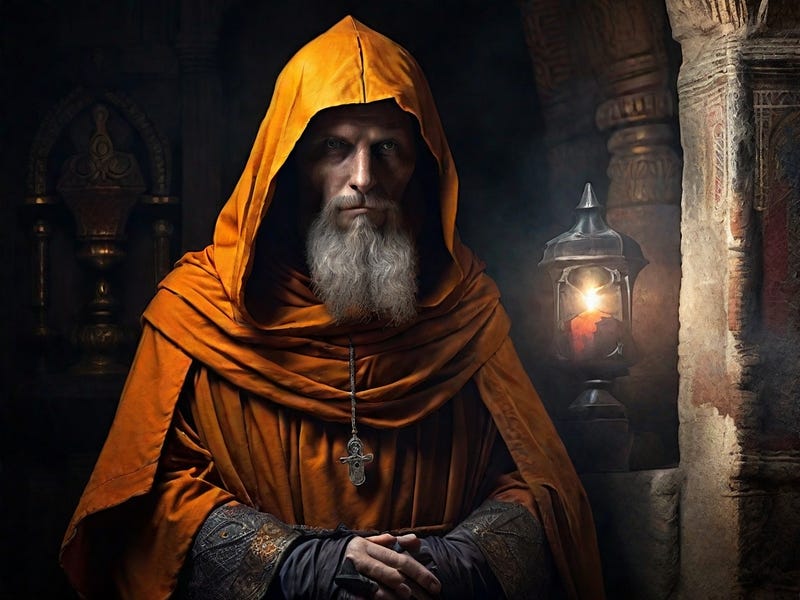
In the medieval period, the Catholic Church wielded immense influence, perhaps the most significant of any institution. The clergy controlled religious practices in a society centered around God, allowing them to accumulate considerable power. However, over time, the lives of priests began to mirror secular life. Monastic orders arose as a counter to this trend, though it is worth noting that even monks were not impervious to the allure of wealth.
History of Monastic Orders in the Middle Ages
The story of medieval monastic orders traces back to the early 6th century when Benedict of Nursia introduced a new set of guidelines. This led to the creation of the first monastery at Monte Cassino, which became the cradle of the Benedictine order. Soon after, monks ventured across Europe, establishing communities in nearly every nation.
Saint Benedict's guiding principle, "ora et labora," translates to "pray and work." Monastic life revolved around prayer and physical labor, along with intellectual endeavors. Monks had minimal interaction with the outside world, dedicating their lives to the monastery until death.
As the order gained traction, laypeople began to provide financial support, turning monasteries into powerful landowners. Consequently, the daily lives of senior monks began to stray from the original tenets, prompting criticism and the eventual rise of the Cistercians in the early 12th century.
Founded by Saint Bernard of Clairvaux, the Cistercian order adopted a stricter rule compared to the Benedictines, aiming to revive ideals of discipline and evangelical poverty. Initially, they succeeded in maintaining these standards, but by the late 12th century, their rigor began to diminish.
As the 13th century dawned, movements arose challenging the Church’s teachings. With the clergy amassing wealth and distancing themselves from societal issues, both the Benedictines and Cistercians faced a credibility crisis. This paved the way for the emergence of mendicant orders, which sought to restore the ideal of poverty in a society increasingly drifting from spiritual values.
The first mendicant order, founded by Saint Francis of Assisi, was the Order of Friars Minor, commonly known as the Franciscan order. Concurrently, the Dominican order was established under the guidance of Spanish priest Dominic Guzman. Both orders prohibited their members and communities from owning property.
Pope Innocent III championed the mendicant orders, viewing them as a means to revitalize the Church and bolster efforts against heresy.

Chapter 2: The Structure of Nunneries
Initially, medieval monasticism was male-dominated. However, female counterparts eventually emerged, sharing similar organizational structures and rules. Each community was overseen by a prioress, while smaller groups were managed by a mother superior. These leaders typically held their positions for life unless they resigned or faced misconduct.
The prioress's assistant was the treasurer, while a chaplain provided spiritual guidance, living outside the convent to maintain the rule that prohibited men from residing within.
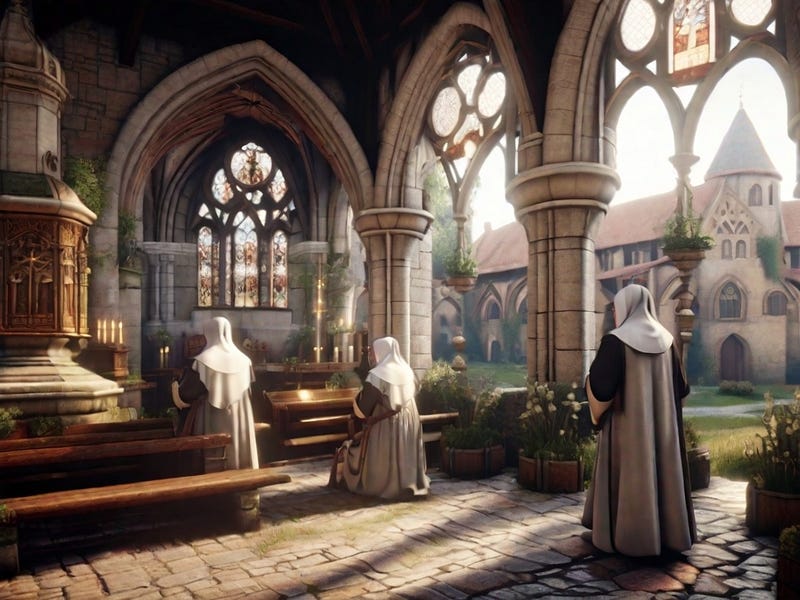
Rules of Monastic Life in the Middle Ages
Monastic orders were structured around strict principles known as rules, which defined each institution's purpose. Although there was no universal monastic rule, common themes emerged across different orders. Members committed to living in poverty (no property ownership), chastity (no marriages), and absolute obedience to both God and their superiors.
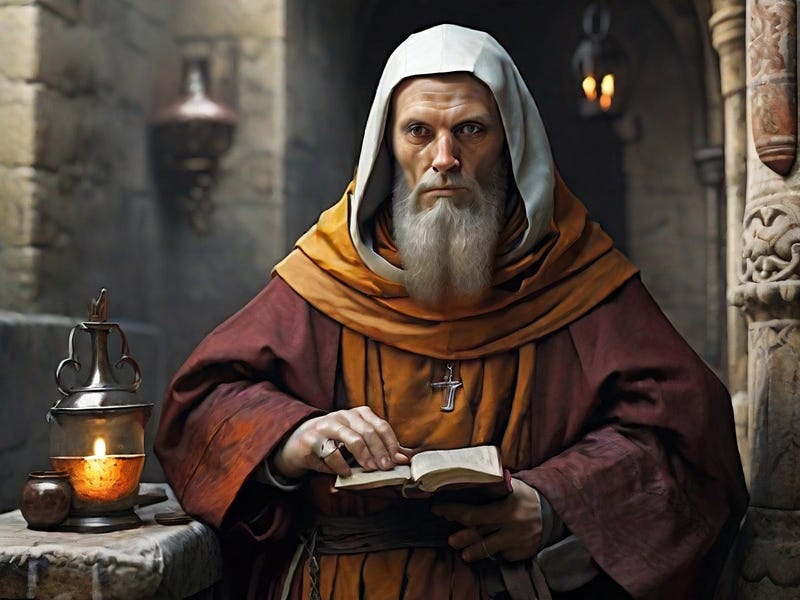
Monastic Life in Medieval Monasteries
The adherence to monastic rules shaped daily life significantly. For instance, Benedictine monasteries organized their schedules around prayer, labor, and study. Monks typically rose at dawn for morning prayers, followed by breakfast and discussions in the chapter house about various matters, including finances and spiritual issues. Any transgressions led to assigned penance.
At noon, the community gathered for meals, during which readings from religious texts took place. Following lunch, they engaged in physical labor for six hours, primarily involving agricultural work. Female orders also incorporated tasks like weaving and spinning.
Notably, as aristocratic women entered convents in later medieval times, the approach to labor became more lenient, with some convents employing servants.
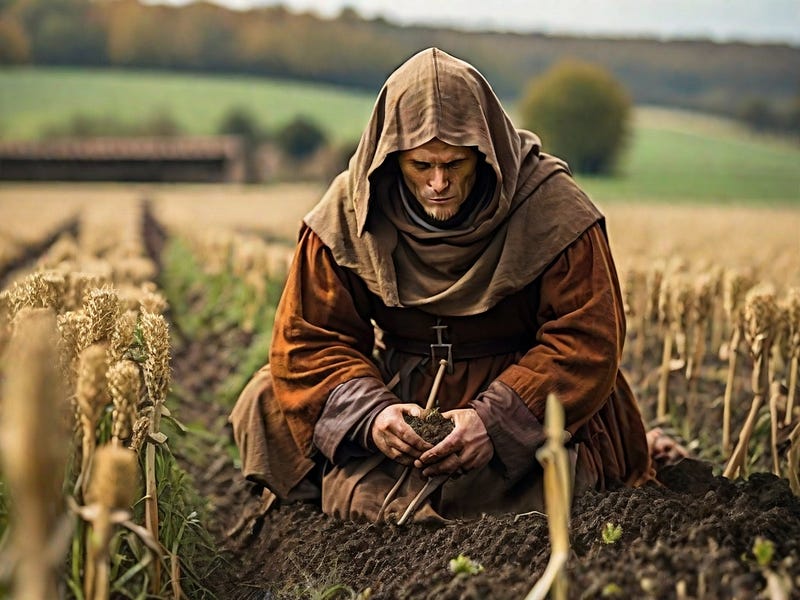
Military Orders
Military orders, established in the 12th century, served as the Church's military wing, aiding Western European knights in the Crusades against Muslim forces. Their responsibilities extended beyond defense to include protecting pilgrimage routes to the Holy Land.
Subject to papal authority, members of military orders also took vows of poverty and chastity. However, their involvement in warfare often led to wealth accumulation and increased political power, diminishing their reliance on monarchs.
Knights from these orders, such as the Templars and Teutonic Knights, were known for their valor and access to advanced weaponry, compelling even kings to regard them as formidable forces.
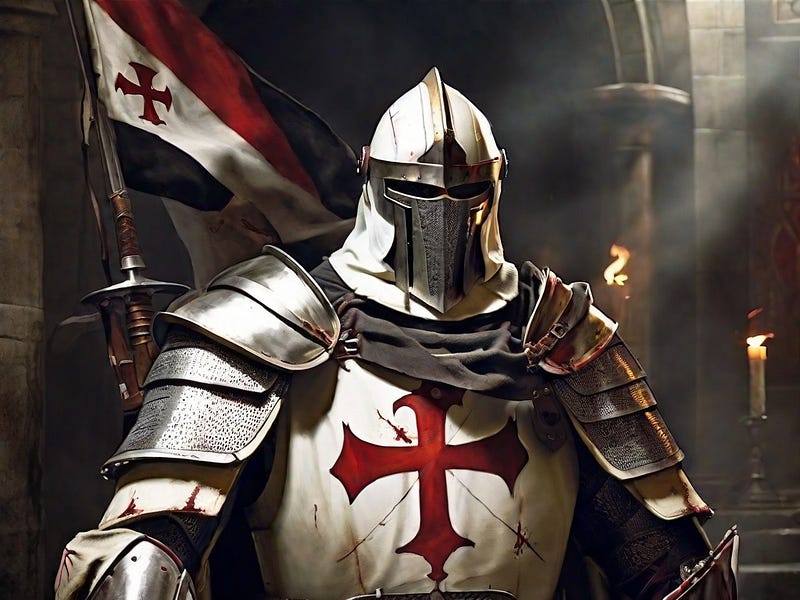
Missions of the Orders
The primary mission of these medieval orders was to propagate the Christian faith. Monks conducted services for the well-being of the secular populace, offered prayers for souls, and preached the teachings of Christ. Their widespread presence across Europe played a crucial role in its Christianization.
Beyond their religious duties, monasteries fulfilled essential social roles. They provided refuge during conflicts, cared for the ill and needy, taught in schools, and contributed to the development of the medieval intellectual elite. Many prominent medieval philosophers were monks, and monasteries pioneered agricultural techniques, established architectural norms, and preserved literary works through transcription.

...
The first video, "Monasticism," explores the foundations and evolution of monastic life, detailing its significance in medieval society.
The second video, "Impact of Monasticism on Medieval Society," examines how monastic practices influenced social structures and cultural developments during the Middle Ages.
Dear readers,
I want to bring attention to a challenge faced by content creators like myself on Medium.com. The compensation for our hard work is often minimal, even as we dedicate ourselves to crafting valuable content. If you appreciate my articles, please consider supporting me on my “Buy Me a Coffee” page. Your contributions, no matter the amount, can encourage me to keep producing engaging and thought-provoking material. Thank you for being part of this journey!
